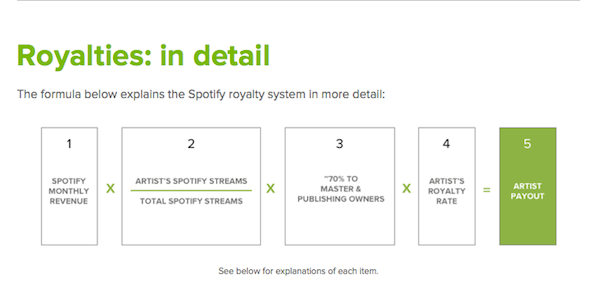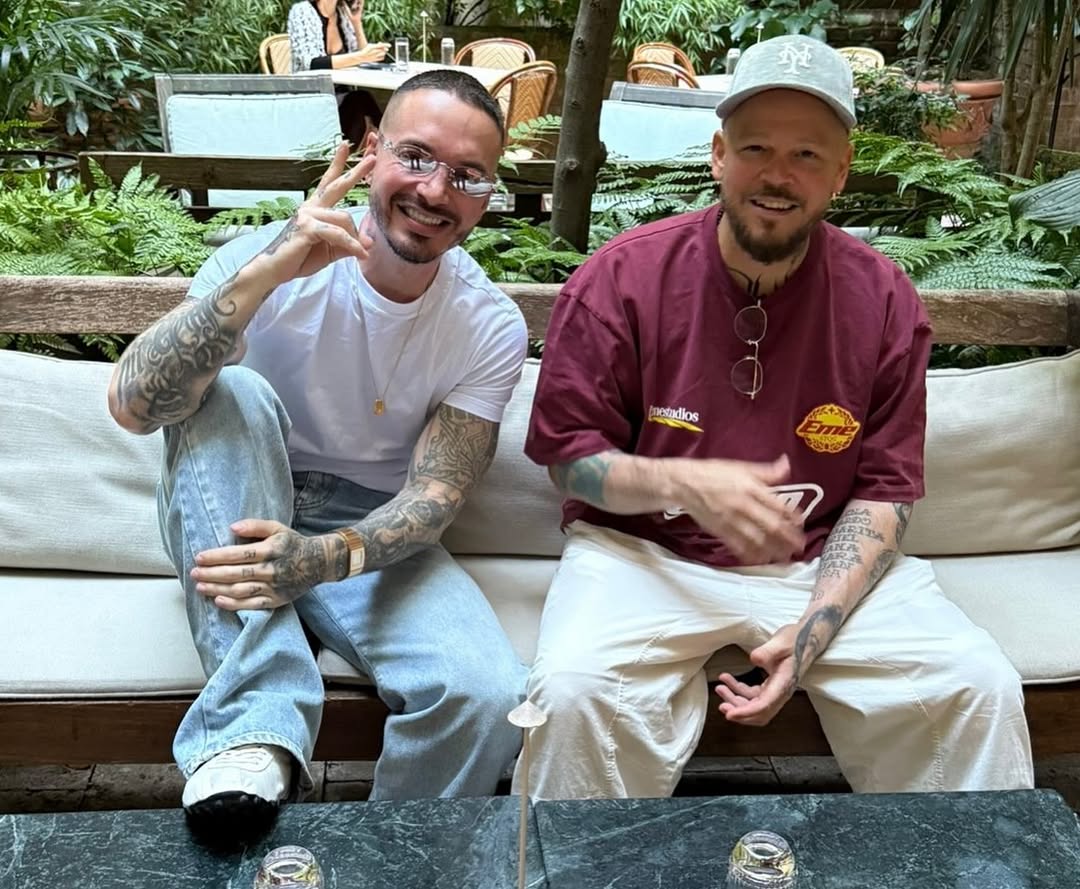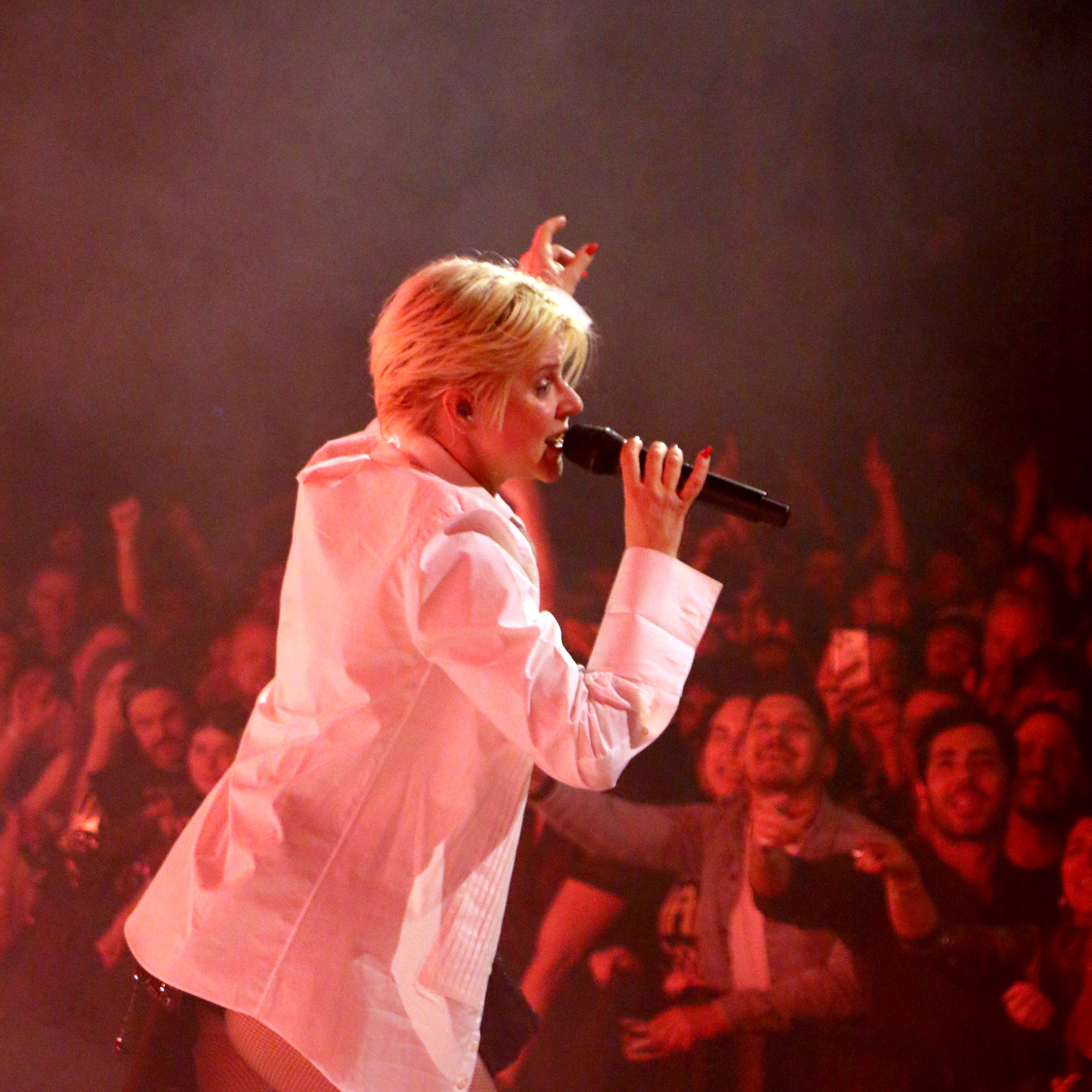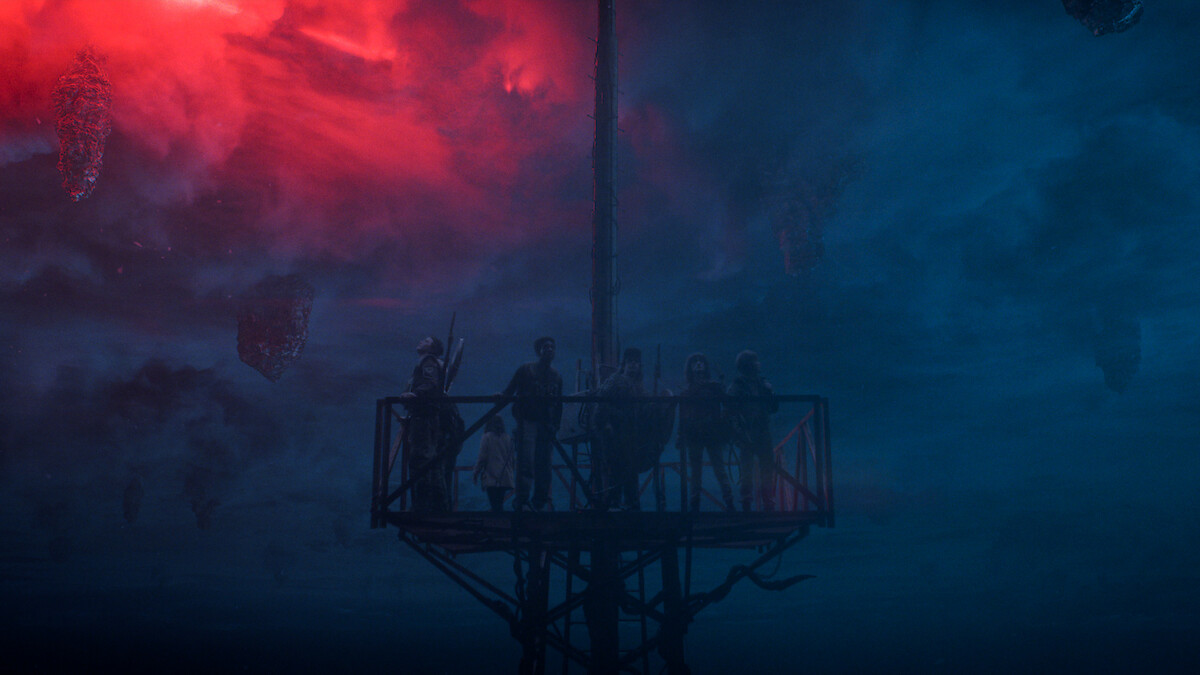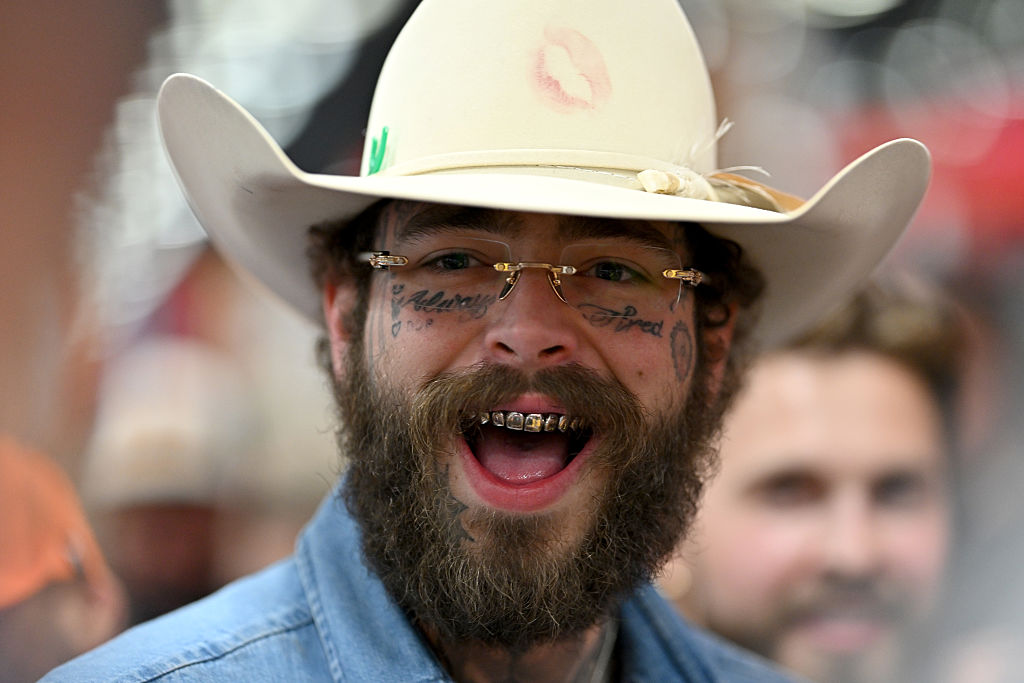There is a growing contingency of artists who have joined the Anti-Spotify club -- Beck, Foals, David Byrne, Grizzly Bear, and Thom Yorke are all members. Complaints with Spotify range from disgust over shoddy sound quality, to annoyance with obnoxious advertising, to the overarching accusation that artists might not be making much money from the service. Spotify does pay artists, but the way funds have been distributed since the Swedish company extended services to the U.S. in 2011 has remained a mystery.
Today, Spotify explained their royalties distribution in a basic equation (pictured above). The company claims that approximately 30% of the revenue generated from an artist's catalogue stays with Spotify, while the other 70% is handed over to the rights holder (labels, publishers, distributors) who are then charged with paying out their artists.
Once Spotify has paid a rights owner the total royalties due for their accumulated streams, that label or publisher pays each artist according to that artist’s contractual royalty rates. This will likely also take into account other factors including recoupment status, which is one reason that different artists in different deals might ultimately receive different royalties from their respective labels and publishers.
Independent artists can retain up to 100% of their royalty payouts from Spotify by using one of our aggregator partners such as Tunecore (a small fee may apply).
In the great debate over Spotify, supporters have been patting themselves on the back based on the assumption that Spotify pays royalties per stream, which turns out to not be the case. The number of times a song is streamed does influence the amount of money that an artist generates for the rights holder, but independent contracts dictate what percentage an artist actually receives. Spotify answers that the revenue generated from a single stream is, essentially, chump change.
Recently, these variables have led to an average "per stream" payout to rights holders of between $0.006 and $0.0084. This combines activity across our tiers of service. The effective average "per stream" payout generated by our Premium subscribers is considerably higher.
So, if you invest in a Spotify Premium account, "you" are technically paying artists more than anyone who is using the service for free, which makes sense. It's hard to get through a single album stream when you have to listen to an advertisement every couple of tracks -- a premium user undoubtedly listens to content at a higher rate than a non-subscriber. This is Spotify's end goal: To have a high percentage of subscribers paying for content alongside a growing number of non-subscribers, which in turn, will generate more revenue for rights holders.
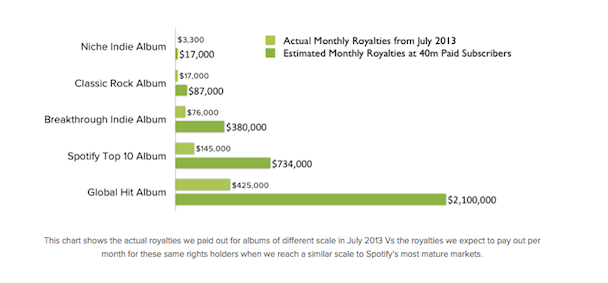
These are Spotify's top ten most-streamed songs of 2013:
1. Macklemore & Ryan Lewis - "Can't Hold Us"
2. Avicii - "Wake Me Up"
3. Macklemore & Ryan Lewis - "Thrift Shop"
4. Daft Punk -"Get Lucky"
5. Imagine Dragons - "Radioactive"
6. Passenger - "Let Her Go"
7. Robin Thicke - "Blurred Lines"
8. P!nk - "Just Give Me A Reason"
9. The Lumineers - "Ho Hey"
10. Calvin Harris - "I Need Your Love"
Read the report for yourself here.
